Shade and shelter project
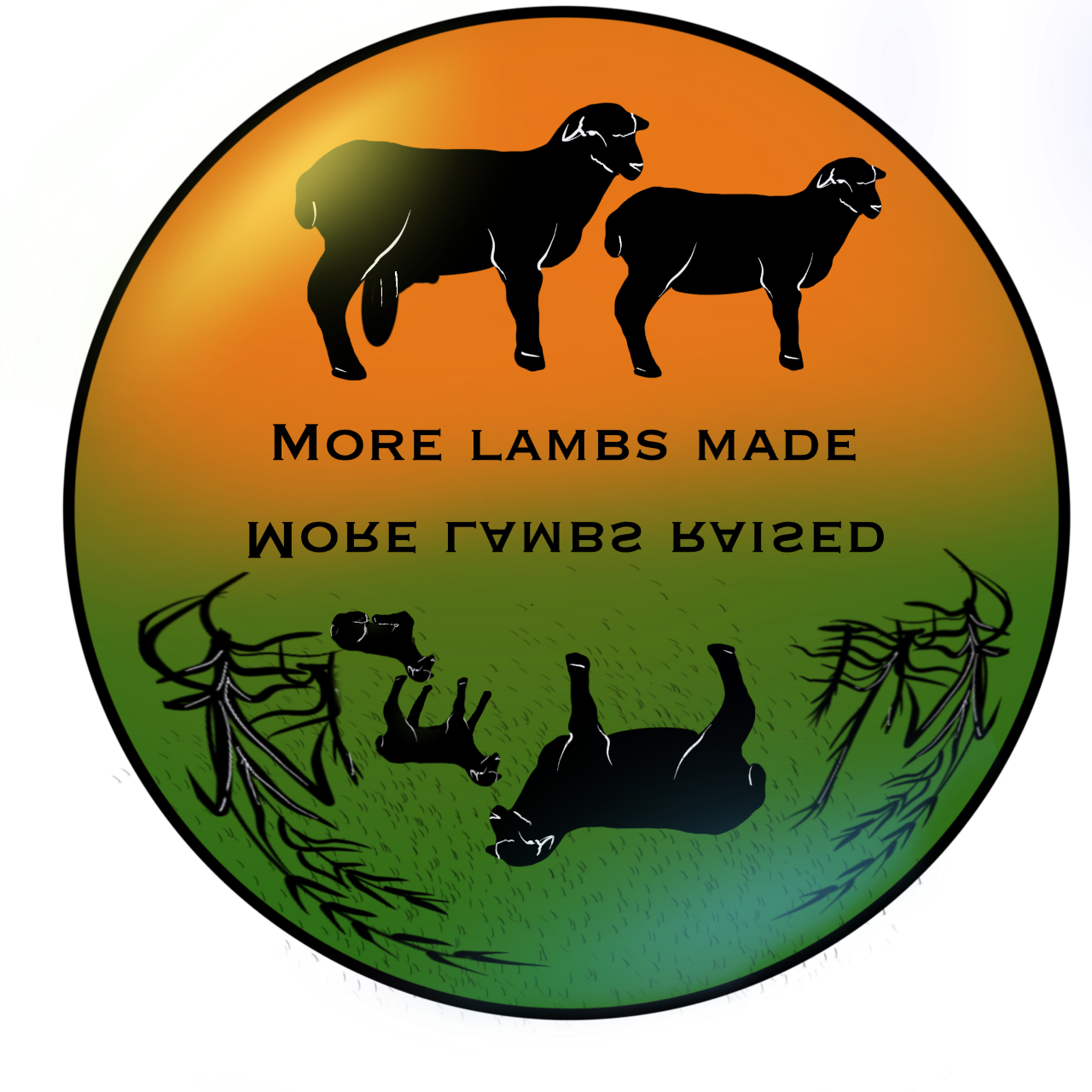 The impact of shade and shelter on sheep reproduction and welfare
The impact of shade and shelter on sheep reproduction and welfare
Ewes and rams exposed to heat stress can have reduced fertility and impaired foetal development and lower lamb survival. Likewise, cold stress will increase the mortality of newborn lambs.
Extreme climatic variation (wind, rain and temperature) poses a significant stress on extensively-managed sheep. Shade and shelter minimise heat and cold stress to improve the production and welfare of sheep as well as having other benefits for pasture production and biodiversity.
Under the Sheep Reproduction Strategic Partnership, MLA alongside The University of Western Australia, Murdoch University, CSIRO and NSW DPI are investigating and developing interventions to reduce the impact of climatic variation on sheep enterprises.
How to get involved
Shade and shelter survey
Shelter and lamb survival EOI

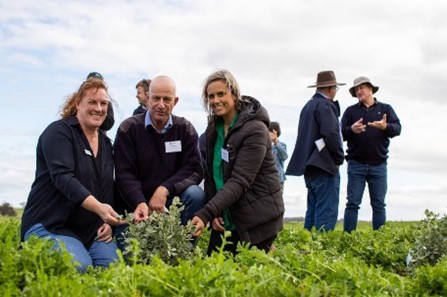
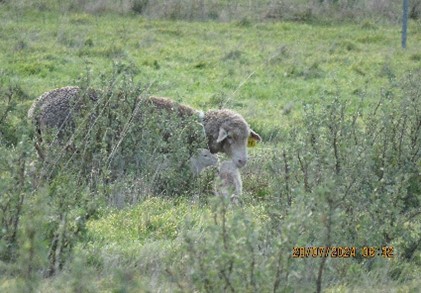
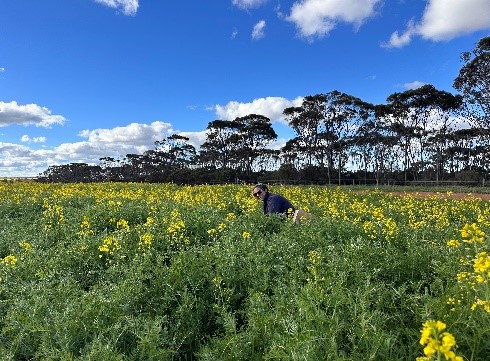
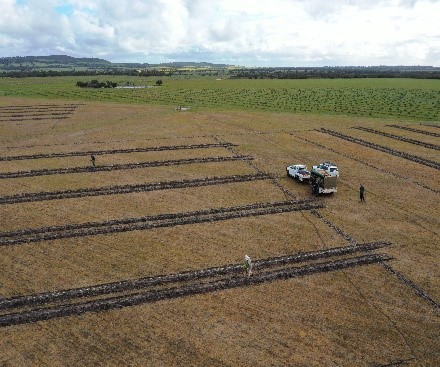
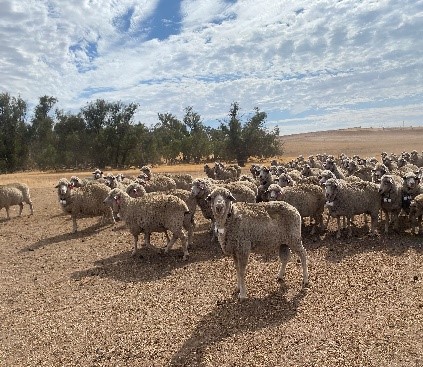


Serina

Lea

Jarryd

Georgia


Dom

Shane

Kelsey

Luo


Hayley

Matt

Dean


Gordon
Keep up to date with the latest project progress:
Contact us:
|
Contact |
Institute |
|
Project section |
|
Dr Serina Hancock |
Murdoch University |
Industry engagement, crop height, shelter and lamb survival |
|
|
Dr Dominque Blache |
University of Western Australia |
Investigating heat stress in ewes – reproductive performance, ewe and lamb physiology |
|
|
Dr Hayley Norman |
CSIRO |
Industry engagement, shrub design and management, nutrition, farming systems modelling |
|
|
Dr Gordon Refshauge |
NSWDPI |
Industry engagement, crop height, shelter and lamb survival |



